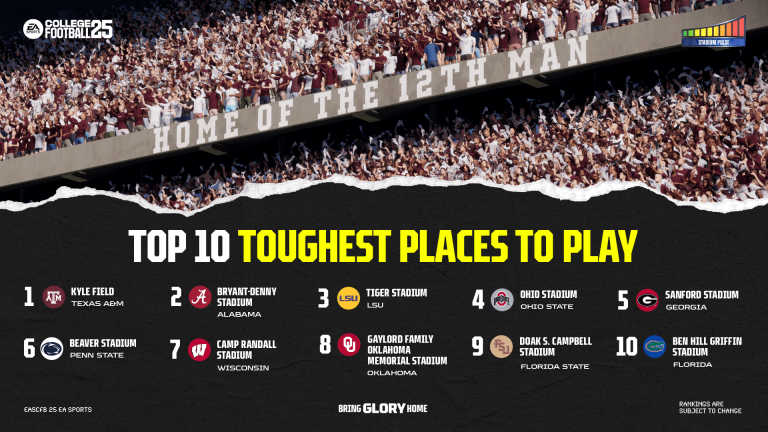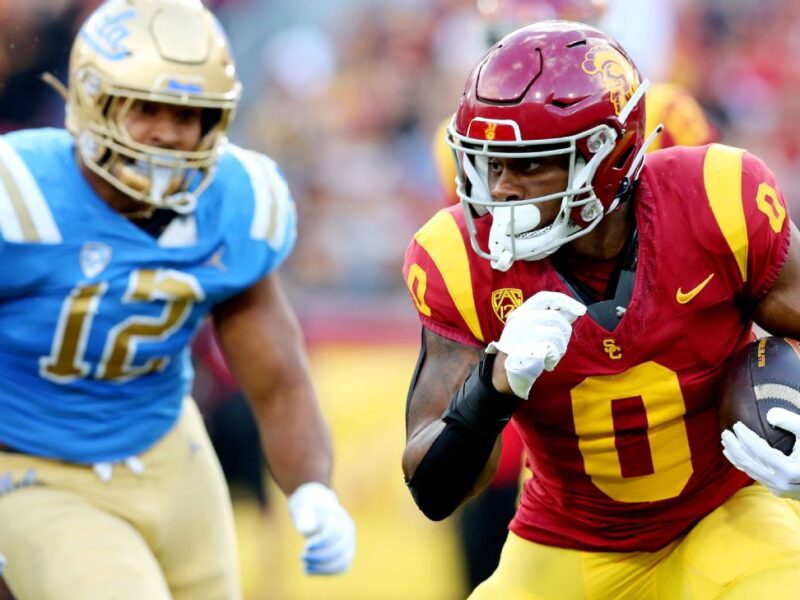If you follow college sports, especially football or basketball, you’ve undoubtedly heard the term “Transfer Portal” thrown around constantly. It’s often mentioned alongside words like “chaos,” “free agency,” and “NIL,” painting a picture of a system in constant, frantic motion.
But what is the Transfer Portal, why does it seem so chaotic, and is it good or bad for college athletics? Let’s break it down.

What Exactly IS the Transfer Portal?
At its core, the Transfer Portal is surprisingly simple: It’s a centralized online database created by the NCAA. When a student-athlete decides they want to explore transferring to another school, they inform their current school’s compliance office. That office then has a short window (usually 48 hours) to enter the athlete’s name into this national database.
Once a player’s name is in the portal, coaches from other NCAA institutions are permitted to contact them and begin the recruiting process all over again. Think of it as an official “seeking opportunities” list for college athletes.
Why Was It Created?
The portal was initially launched in 2018 primarily to streamline the transfer process and increase transparency. Before the portal:
- Athletes often needed permission from their current coach/school to even talk to other schools. Coaches could block transfers to specific schools or conferences.
- The process was decentralized and often confusing for both athletes and potential new coaches.
The portal aimed to give athletes more agency and make the process more straightforward.
So, Why the “Chaos”? What Changed?
The perception of chaos largely stems from rule changes that occurred after the portal’s creation, interacting with other major shifts in college athletics:
- The One-Time Transfer Exception (Immediate Eligibility): This was the game-changer. Historically, undergraduate transfers (with some exceptions) usually had to sit out a full year at their new school before being eligible to play. In 2021, the NCAA adopted a rule allowing first-time undergraduate transfers immediate eligibility at their new school, provided they meet academic requirements. This removed a major deterrent to transferring.
- Transfer Windows: To manage the flow, the NCAA instituted specific “windows” (periods after the regular season/championships) during which athletes can enter the portal and be immediately eligible for the next season (under the one-time exception). This concentrates the activity into intense, defined periods, creating a frenzy.
- Name, Image, and Likeness (NIL): The ability for athletes to profit from their NIL arrived around the same time as immediate eligibility. While the portal and NIL are technically separate, they are deeply intertwined. The potential for better NIL opportunities elsewhere (whether real or perceived) has become a significant factor influencing transfer decisions for some high-profile athletes. This adds a financial layer often compared (sometimes inaccurately) to professional free agency.
- Coaching Carousel: Constant coaching changes lead to player movement. When a head coach leaves, players they recruited often re-evaluate their own situations, sometimes following the coach or seeking a different environment altogether.
- Volume: The sheer number of athletes entering the portal is staggering. Thousands across all sports enter each year, creating constant roster turnover.
The Pros of the Portal:
- Player Empowerment: Gives athletes more control over their careers and educational paths.
- Second Chances: Allows players to find better fits academically, athletically, or culturally if their initial choice doesn’t work out.
- Escape Bad Situations: Provides an out for players dealing with difficult coaching situations, lack of playing time, or programs undergoing turmoil.
- Increased Opportunity: Can lead players to situations where they get more playing time or development opportunities.
The Cons and Criticisms:
- Roster Instability (“Free Agency”): Coaches face immense challenges managing rosters year-to-year. It’s difficult to build long-term team chemistry and development plans when key players can leave abruptly. Coaches often say they are recruiting their own roster constantly.
- Impact on High School Recruiting: Some argue teams may prioritize proven college transfers over developing high school prospects, potentially harming younger players’ opportunities.
- Potential Tampering: While rules exist against it, the ease of transfer raises concerns about improper contact or inducements influencing players before they enter the portal.
- Academic Concerns: Critics worry that frequent transfers could disrupt academic progress, though transfer rules still require academic eligibility.
- NIL Influence: The perception (and sometimes reality) that transfer decisions are primarily driven by NIL deals rather than fit or education raises concerns about the amateurism model.
- The “Grass Isn’t Always Greener”: Many athletes enter the portal and don’t find a better landing spot, or even a landing spot at all at the same competitive level.
The Bottom Line: A New Era
The Transfer Portal, especially combined with immediate eligibility and NIL, represents a fundamental shift in the power dynamic of college sports. It has created unprecedented player movement and forced coaches and administrators into a constant state of adaptation.
Is it chaos? From a roster management perspective, absolutely. Is it inherently bad? That’s debatable. It offers athletes freedoms they never had before, but it also creates significant challenges for team building and potentially alters the fabric of college loyalty.
Understanding the portal means recognizing it’s not just one thing – it’s a mechanism amplified by rule changes and the evolving landscape of NIL, leading to the dynamic, unpredictable, and often chaotic environment we see today. It’s the new reality of college athletics, and it’s likely here to stay, though further tweaks and regulations are almost certain.
What are your thoughts on the Transfer Portal? Is it good for college sports? Too chaotic? Let us know in the comments!

